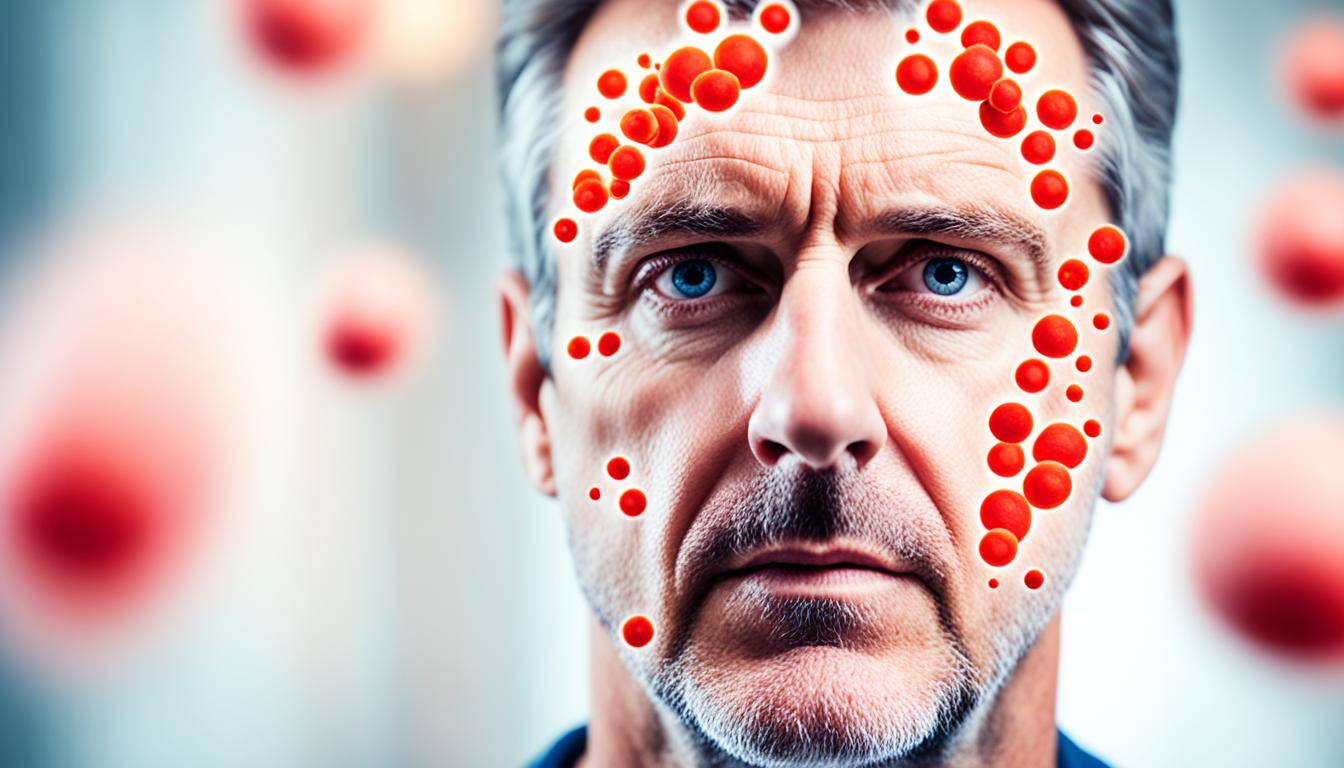Hypoglycemia is when someone’s blood sugar, or glucose, drops dangerously low. This can lead to symptoms like feeling tired, shaking, and sweating. In severe cases, it might even be life-threatening. It can happen because of certain diabetes drugs, but there are many other reasons.
The NIDDK explains that symptoms often show up when blood sugar hits below 70 mg/dl. But this point can shift depending on the person. Signs like being very hungry, exhausted, shaky, and sweaty are typical. You might also feel your heart racing, get dizzy, or feel weak. If it gets really intense, it could cause confusion, seizures, coma, or worse.
Not eating enough, doing a lot of physical activity, taking specific drugs, drinking alcohol, liver or kidney problems, tumors, and even just being very sick can cause hypoglycemia. This can also occur if your body can’t regulate blood sugar well.
To handle hypoglycemia, focus on eating a balanced diet, checking your blood sugar often, and sticking to the advice of your doctors.
Key Takeaways:
- Hypoglycemia means low blood sugar.
- Signs include feeling tired, shaky, sweaty, and dizzy.
- Severe hypoglycemia can be very dangerous, causing confusion or coma.
- Various reasons, like skipping meals or certain drugs, might lead to it.
- Staying on a good diet, testing blood sugar, and following your doctor’s plan can help manage it.
Hypoglycemia and Diabetes: Causes and Treatment Options
Hypoglycemia is a common worry for those with diabetes. It means having blood sugar that’s too low. This can happen due to diabetes medicines, like insulin. Both type 1 and type 2 diabetes can cause insulin problems, leading to hypoglycemia.
If someone with diabetes takes too much insulin, moves more than usual, or eats less, they might have hypoglycemia. A bad balance between the amount of insulin, exercise, and the food can make blood sugar drop. So, it’s vital for those with diabetes to manage their medicine, check their sugar levels often, and stick to their treatment plan.
Dealing with hypoglycemia means keeping blood sugar steady to avoid highs and lows. Knowing the signs of hypoglycemia, like feeling dizzy, shaky, sweaty, or weak, is key. Quick action to treat it can prevent problems. Learning about how diabetes, insulin, and hypoglycemia are connected helps people stay healthy.
Treatment Options
The main goal in treating hypoglycemia is to keep sugar levels stable. This involves:
- Changing medication doses: Doctors might adjust diabetes medicine doses, like insulin, to avoid hypoglycemia.
- Checking sugar levels often: This shows how well the treatment is working and helps make changes as needed.
- Adopting a mix of carbs, proteins, and fats: A balanced diet aids in keeping blood sugar in check and prevents hypoglycemia.
There’s also excitement about stem cell therapy for diabetes and hypoglycemia. It’s a new approach that could change how we treat these conditions. Stem cells might help create new pancreas cells and boost insulin production.
Stem Cell Therapy and Diabetes
Scientists are looking into using stem cell therapy for diabetes. These special cells come from places like bone marrow, umbilical cord blood, and fat. They seem to be able to grow into insulin-making cells and help the pancreas heal.
Stem cell therapy could lessen the need for insulin, make beta cells work better, and improve blood sugar control in diabetes. But, more study is needed to make the treatment better, figure out where the best stem cells come from, and deal with safety concerns.
It’s critical to understand that using stem cell therapy for diabetes is not fully established yet. It’s an experimental treatment that should only be done with the advice of doctors in specialized centers.
| Treatment Options for Hypoglycemia in Diabetes | Benefits | Considerations |
|---|---|---|
| Medication adjustment | Prevents hypoglycemia by optimizing insulin dosage | Requires careful monitoring and adjustment by healthcare professionals |
| Blood sugar monitoring | Allows for proactive management of blood sugar levels | Requires regular testing and data interpretation |
| Balanced diet | Regulates blood sugar levels and prevents hypoglycemia | Requires dietary adjustments and adherence |
| Stem cell therapy | Promotes pancreatic regeneration and enhances insulin production | Considered experimental and requires further research |
Stem Cell Therapy for Hypoglycemia: Current Research and Future Directions
Stem cell therapy offers hope for managing hypoglycemia in diabetes. It uses cells from places like bone marrow, umbilical cords, and fat to grow into insulin-making cells. These cells help the pancreas work better in diabetes patients.
Clinical trials have seen good results. They report improved beta-cell function and less need for insulin. This leads to better blood sugar levels for those with diabetes.
Yet, we still need more research to make stem cell therapy better. We must figure out the safest and most effective ways to use it. Ensuring the treatment is safe for the long run is key.
To make stem cell therapy work for hypoglycemia, we need a deep understanding of how it works. Knowing the patient’s specific needs is also vital. This way, we can personalize the treatment for the best results.
Scientists and doctors are still working to perfect stem cell treatments for diabetes. Even though it has a lot of potential, it’s not yet a standard therapy. It’s important to get this treatment in places where expert healthcare teams can monitor it closely.

